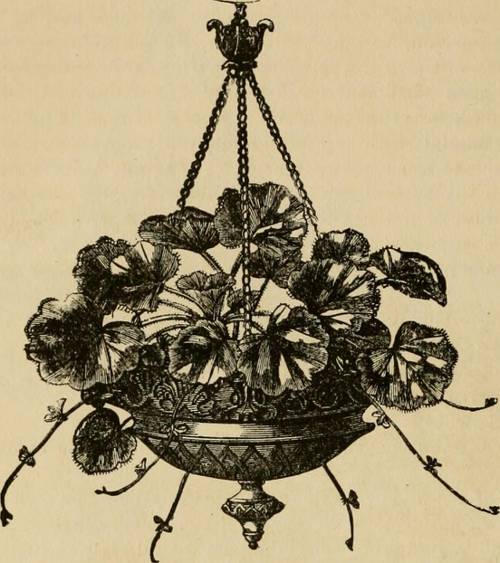
FAQ About Indoor Plant Soil Salinity Management

What causes soil salinity in indoor plants?
Soil salinity in indoor plants can occur due to several factors including the use of saline water, overuse of fertilizers, poor drainage, or accumulation of salts from tap water. Regular watering with tap water can lead to a build-up of minerals such as sodium and chloride, which contribute to salinity.

How does soil salinity affect indoor plants?
High soil salinity can lead to osmotic stress in plants, which inhibits their ability to absorb water. This can result in symptoms such as stunted growth, wilting, and leaf scorch. Over time, severe salinity can kill the plant if not addressed.

What are the signs of excessive salinity in soil for indoor plants?
Signs of excessive soil salinity include stunted growth, yellowing or browning of leaf edges, wilting, reduced flowering, and sometimes a white crust on the soil surface. These symptoms indicate that the plants are struggling to obtain water and nutrients from the soil.

Can tap water contribute to increased soil salinity in indoor plants?
Yes, tap water often contains dissolved salts and minerals like sodium and chloride. Over time, watering with tap water can lead to an accumulation of these salts in the soil, increasing soil salinity.

How can I test the salinity of soil in my indoor plants?
To test soil salinity, you can use a soil conductivity meter which measures the electrical conductivity of the soil, an indicator of salt levels. Alternatively, you can send a soil sample to a laboratory for a more comprehensive analysis.

What corrective measures can reduce soil salinity in indoor plants?
To reduce soil salinity, you can leach the soil by running water through the pot until it drains from the bottom, effectively washing away excess salts. Also, use distilled or rainwater for irrigation and repot plants with fresh potting soil if severe salinity is suspected.

How often should I leach the soil of my indoor plants to manage salinity?
Leaching should be done every few months, depending on the salinity levels and water quality. Regular monitoring of soil and plant health can help determine the appropriate frequency for your specific plants.

Does using distilled water help in managing soil salinity for indoor plants?
Yes, using distilled water can help manage soil salinity as it lacks the dissolved salts and minerals found in tap water, reducing the risk of salt build-up in the soil.

Are there specific plant types that are more sensitive to soil salinity indoors?
Yes, some plants such as ferns, spider plants, and African violets are more sensitive to high salinity levels. These species may show stress symptoms earlier than more tolerant plants and require careful monitoring and management.

Is it necessary to change the potting mix to control soil salinity in severe cases?
In severe cases of soil salinity, changing the potting mix might be necessary. This involves removing the plant, cleaning the roots to remove salty residues, and repotting it with fresh, salt-free soil.

How does poor drainage contribute to soil salinity in indoor plants?
Poor drainage can lead to waterlogging, which prevents the leaching of salts from the soil. This causes salts to accumulate rather than being washed away, thereby increasing soil salinity over time.

Can fertilizers increase soil salinity in indoor plants?
Yes, over-fertilizing or using fertilizers high in salts can increase soil salinity. It's important to use the right amounts and types of fertilizers to prevent salt build-up.

What is the role of gypsum in managing soil salinity for indoor plants?
Gypsum can be used to manage soil salinity by replacing sodium ions with calcium ions, which improves soil structure and promotes better drainage, reducing salinity levels over time.

How can I improve drainage to help manage salinity in indoor plant soil?
To improve drainage, ensure that your pots have adequate holes at the bottom and use a well-draining potting mix. You can also add materials like perlite or sand to improve aeration and prevent water retention.

How does soil salinity affect the nutrient uptake of indoor plants?
Soil salinity can impede nutrient uptake by preventing roots from absorbing water efficiently. This can lead to nutrient deficiencies, as the plant struggles to access both water and essential nutrients from the soil.

Are there any homemade solutions to reduce soil salinity in indoor plants?
One popular homemade solution is using a vinegar-water solution to lower soil pH and counteract saline conditions. However, caution is necessary as it may harm salt-sensitive plants. Regular flushing with distilled water is safer and more effective.

Does mulching affect soil salinity in indoor plants?
Mulching mainly controls moisture levels and doesn't directly affect soil salinity. However, it can help regulate soil moisture and temperature, indirectly supporting plant health and reducing the need for frequent watering with saline water.

How quickly can expect to see improvements after taking steps to reduce soil salinity?
The time frame for noticeable improvements can vary depending on the severity of salinity and the corrective measures taken. Generally, you should start seeing healthier growth within a few weeks to a couple of months after leaching and using distilled water.

How can rainwater be beneficial in managing soil salinity in indoor plants?
Rainwater is naturally soft and free from the salts found in tap water, making it an excellent choice for watering indoor plants to prevent and reduce salinity issues.

Can soil salinity issues be completely resolved?
While soil salinity can be managed effectively, complete resolution depends on ongoing preventive measures like using low-salinity water and ensuring good drainage. Regular care is essential to maintain salinity at levels that won't harm plants.
